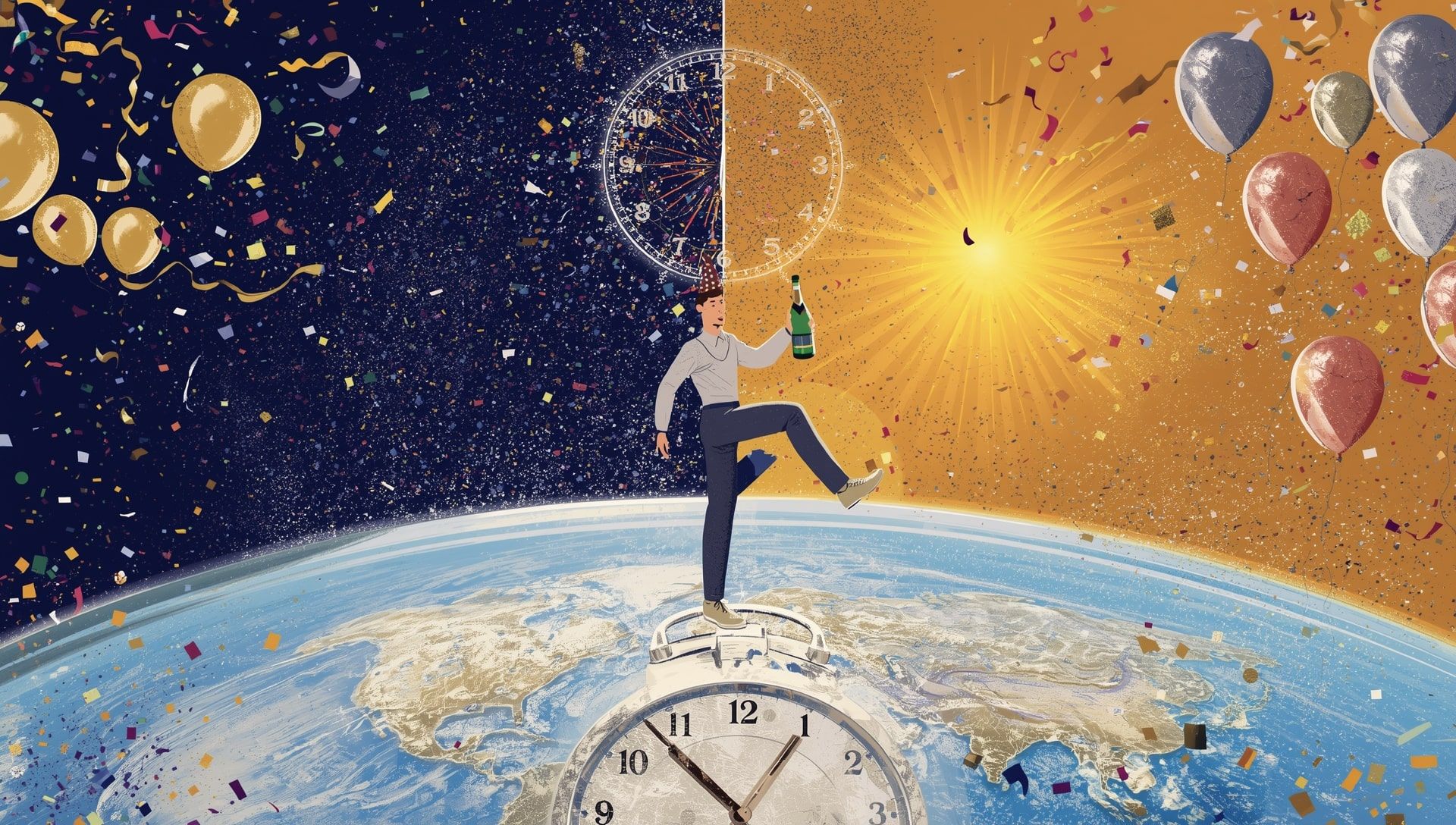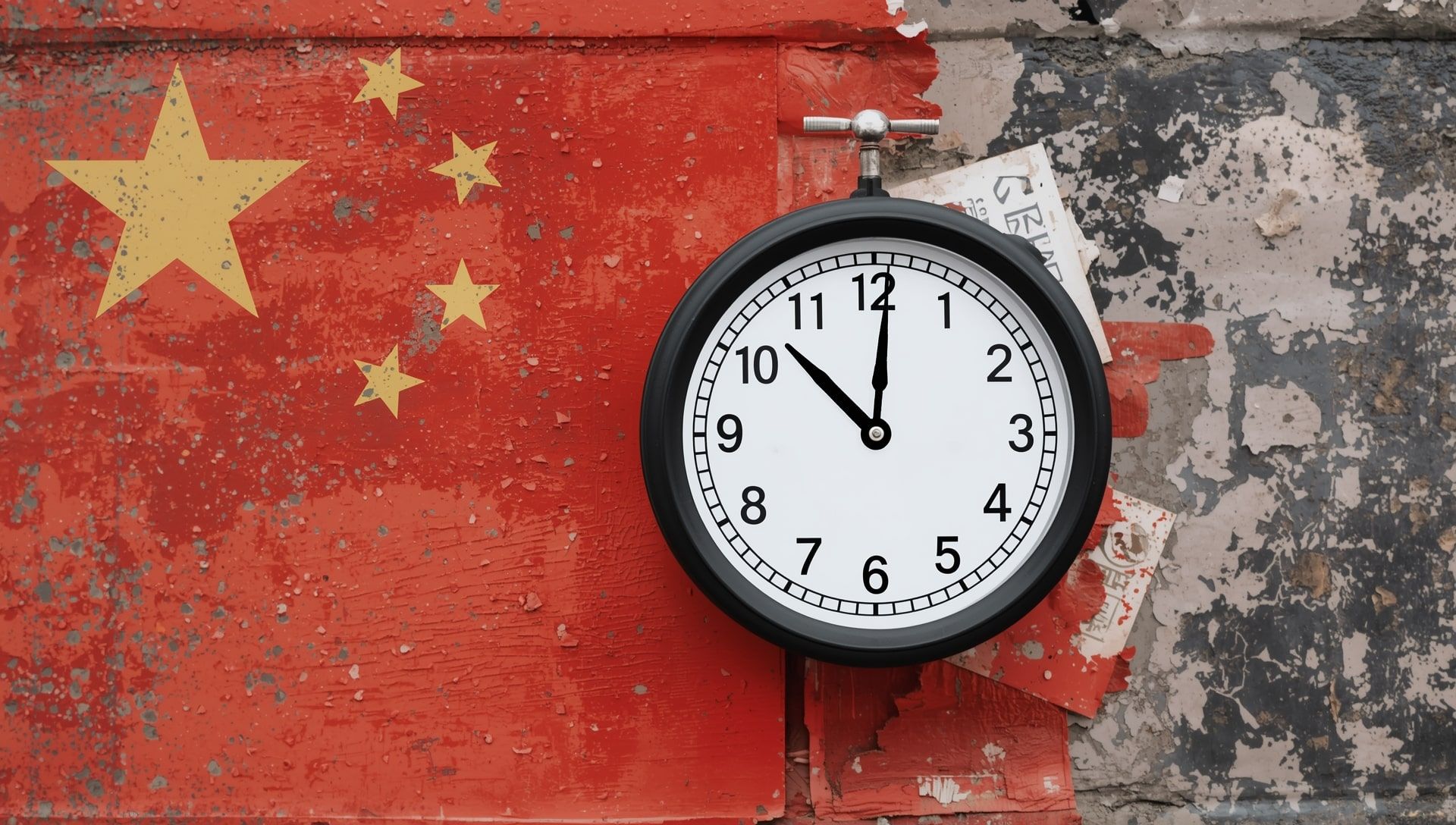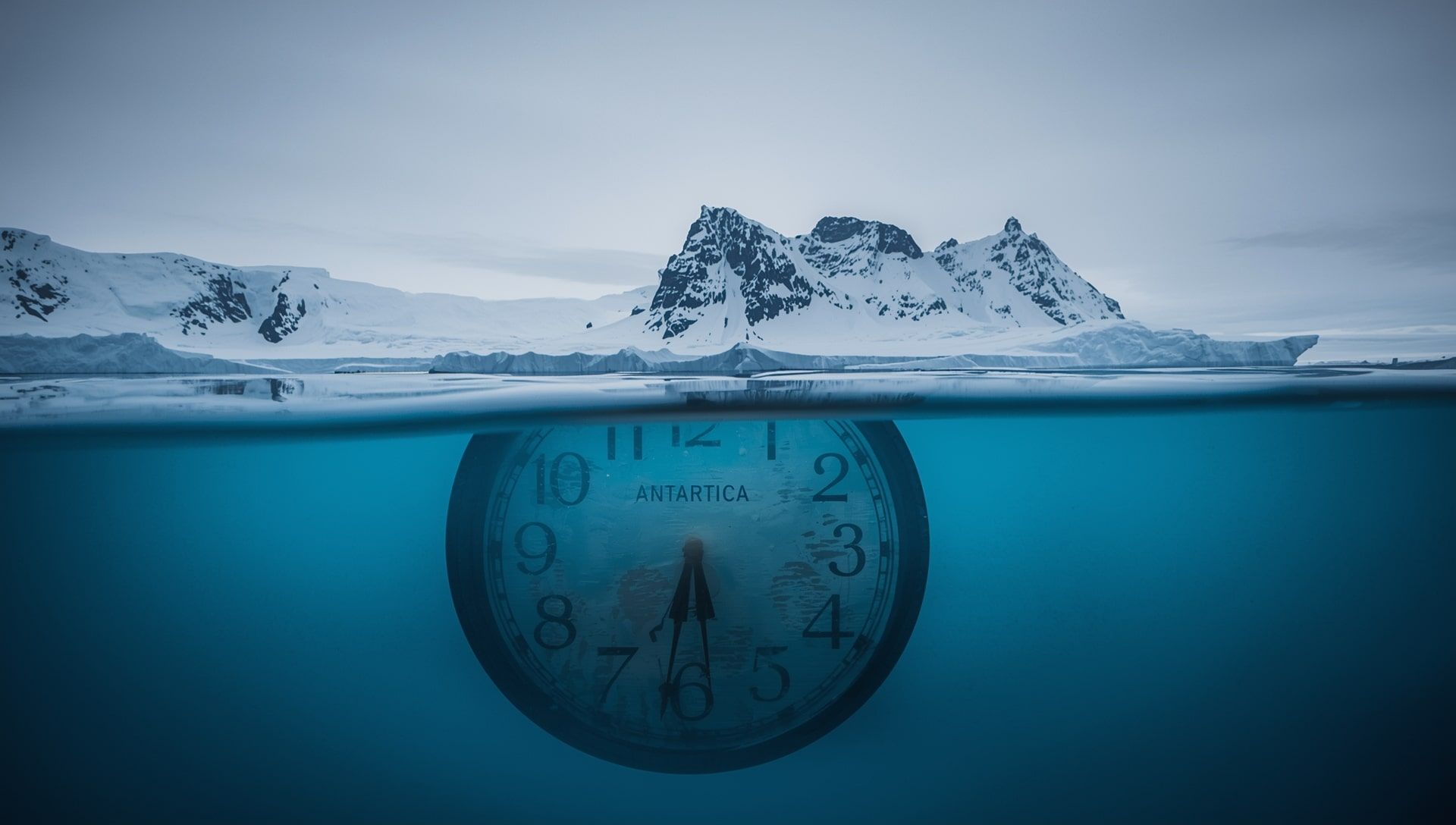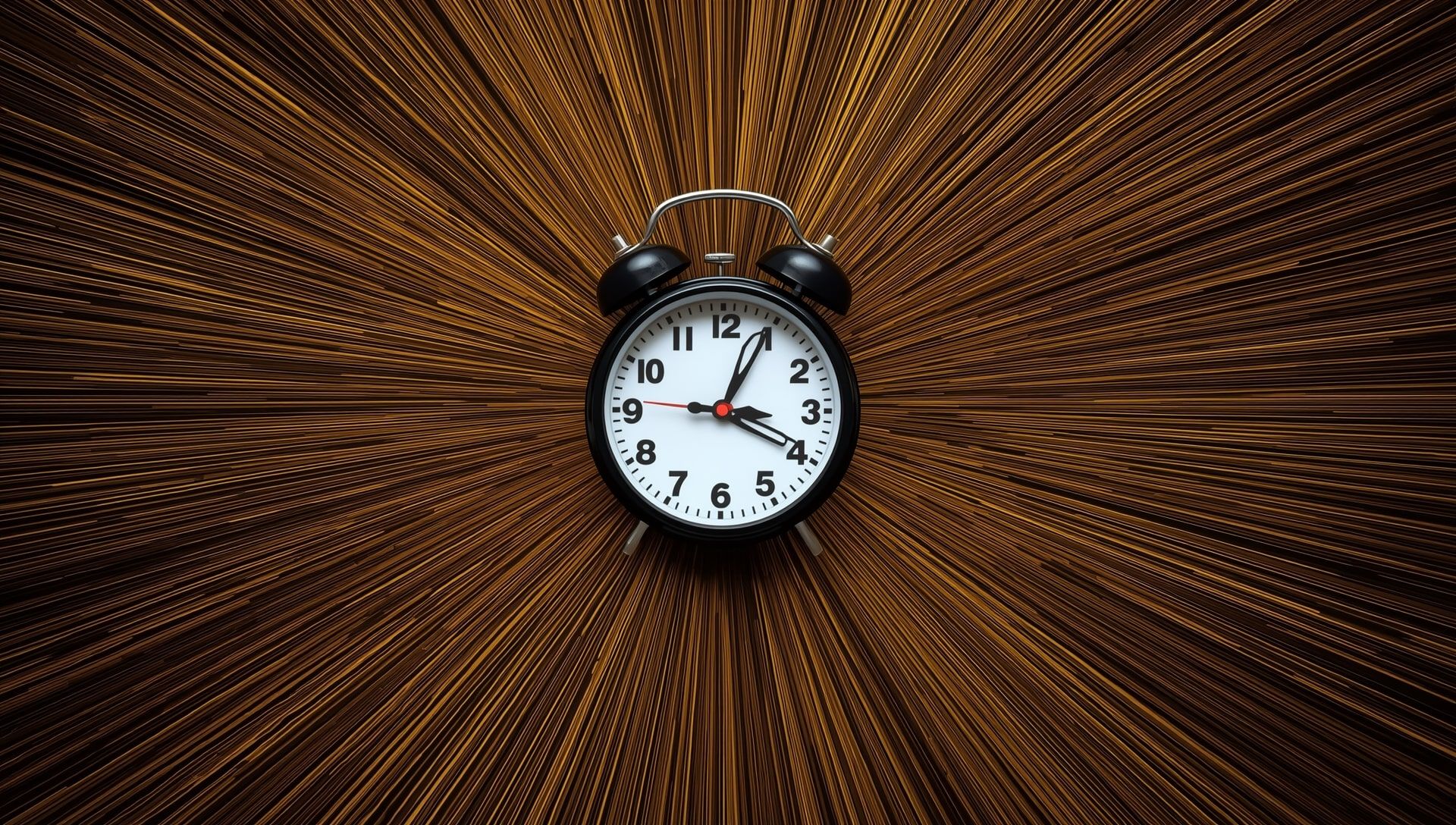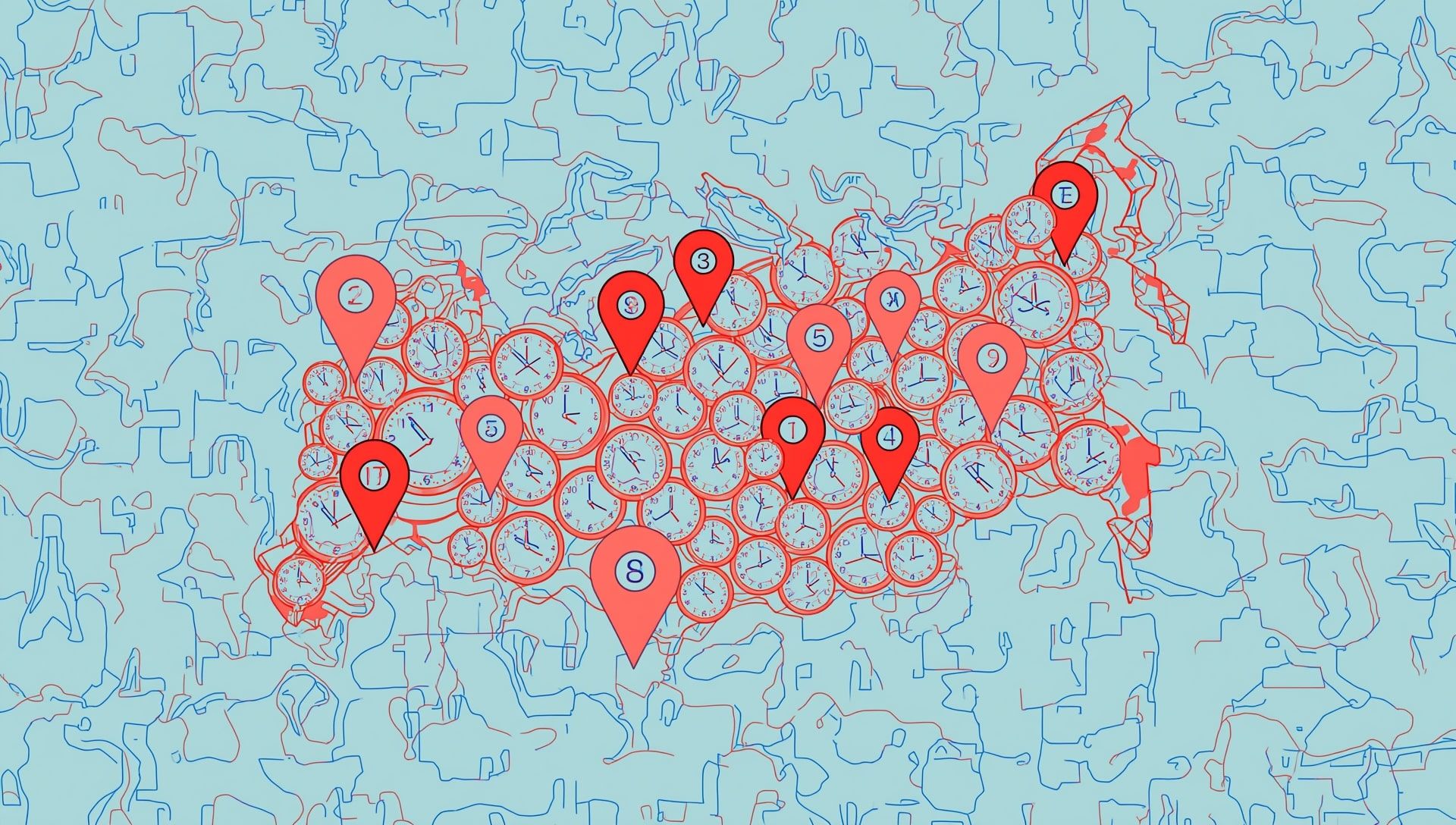There’s a rare kind of magic in ringing in the New Year, hearing fireworks crackle overhead, counting down the last seconds, and feeling time itself flip into a new story. Now imagine doing it twice. Yes, twice! It sounds like a movie plot, but it’s entirely possible, thanks to how the world slices time into zones. The trick is simple: let geography play along with your celebration.
The Magic of Midnight in Two Places
Every New Year’s Eve, the world becomes a global orchestra of countdowns. Midnight doesn’t happen at once, it rolls across the planet, hour by hour. This wave of celebration is what makes it possible for a few lucky travelers to toast the New Year more than once. If you time it right, you can leave one country after celebrating and land in another that’s still waiting for the clock to hit twelve.
That concept hinges on standardized global timing, 24 imaginary slices of the globe created to keep our clocks aligned with the Earth’s rotation. While the math behind it may seem simple, it gives rise to a fascinating travel opportunity. You can literally chase midnight.
The Science of Time Zones
Each zone represents a region where the local time is uniform. These zones are typically divided by 15 degrees of longitude, roughly one hour apart. But politics and geography bend these boundaries in quirky ways. Some nations tweak their time to fit social or economic ties rather than strict geography. This irregularity sets the stage for one of the coolest time-based adventures, celebrating New Year twice.
When you cross from one zone to another, you essentially jump forward or backward in time. The ultimate time travel happens at the International Date Line, a zigzagging boundary in the Pacific Ocean that separates one calendar day from the next. Fly across it at the right moment, and you’ll find yourself living December 31st twice or ringing in January 1st again.
The International Date Line and Its Quirks
The International Date Line runs roughly along the 180th meridian, opposite the Prime Meridian in Greenwich. Countries near it have unique quirks: some, like Tonga and Kiribati, adjusted their time zones for trade reasons, effectively “skipping” a day in history. For travelers, it means that New Year’s Eve can be relived with some clever flight planning and a sense of adventure.
| Location | UTC Offset | New Year Timing |
|---|---|---|
| Tonga | +13:00 | Earliest celebration |
| New Zealand | +12:00 | Shortly after Tonga |
| Sydney, Australia | +11:00 | Iconic fireworks |
| Tokyo, Japan | +9:00 | Vibrant street parties |
| Honolulu, USA | -10:00 | One of the latest |
Planning Your Double Celebration
To celebrate twice, you need careful timing and the right flight path. It’s a game of chasing midnight by moving against time’s flow. Typically, that means celebrating first in the east, then flying west to where midnight hasn’t arrived yet.
- Step 1: Choose your starting point. Ideal locations include Sydney, Auckland, or Tokyo, places where the New Year arrives early.
- Step 2: Book a flight heading toward a later zone, think Hawaii, Alaska, or even Los Angeles.
- Step 3: Ensure your flight departs soon after midnight and arrives before midnight in your destination’s local time.
- Step 4: Celebrate again, camera in hand, as the locals begin their countdown. You’ll be reliving the excitement in real time.
Best Routes for Time-Traveling Revelers
While the concept sounds wild, airlines make it possible. A few clever travelers have done this, turning it into a bucket-list tradition. Here are a few combinations where it’s most feasible:
- Auckland to Honolulu: One of the most famous routes. Thanks to the Date Line, you can land ten hours earlier than you departed.
- Sydney to Los Angeles: Depart Sydney around 2 a.m. on January 1st and arrive in Los Angeles on December 31st in the evening.
- Tokyo to Anchorage: A quieter but equally exciting option for those wanting a cold and scenic New Year redo.
These routes rely on long-haul flights that cross the Date Line at the right moment. With the right combination of timing, distance, and enthusiasm, the world becomes your party map.
Real Examples: Commercial Flight and Private Jet
We’ve seen this done in real life. Business figures, travelers, and even celebrities have chased time with style. One notable case was Malaysian financier Jho Low, who famously celebrated twice using private air travel. His team celebrated New Year first in Sydney, where the fireworks over the Harbour Bridge lit the sky. Then they boarded a private jet bound for Los Angeles, crossing the Pacific and the International Date Line. Upon landing, it was still December 31st evening. They did it all again, this time with champagne in Hollywood.
For regular travelers using commercial flights, the experience is just as magical. For instance, passengers aboard Hawaiian Airlines flight HA446 once left Auckland shortly after midnight on January 1st and landed in Honolulu on December 31st morning. They were greeted by daylight, beaches, and a whole new set of celebrations waiting to happen. That flight became a legend among travelers who wanted to celebrate twice without chartering a jet.
The Social Side of the Adventure
Celebrating twice isn’t just a stunt, it’s a story. You meet people from different cultures marking the same moment in their own way. The contrast between a packed harbor in Sydney and a beachfront party in Honolulu is striking. You feel how time connects us even as it divides us.
Some travelers make it a yearly ritual, while others treat it as a once-in-a-lifetime memory. Either way, it reminds us how relative time can be. Midnight in one place is lunchtime somewhere else, yet the emotion remains universal: hope, excitement, and a fresh start.
What You’ll Need for the Perfect Two-Time Celebration
Before you start hunting flight deals, it helps to know what kind of mindset and preparation makes the trip smooth. You’re not just catching a plane, you’re syncing your life with the rhythm of the planet.
- Research: Check official world clock data, flight durations, and New Year events.
- Pack smart: Bring festive clothes that are easy to change into mid-flight or upon arrival.
- Travel insurance: Always wise for long-haul flights during busy holiday periods.
- Local customs: Each destination has unique traditions, join in respectfully.
- The Earth has 24 main time divisions.
- Crossing the International Date Line can change your calendar date instantly.
- Airlines often schedule flights that make “double New Year” trips possible.
- You can technically celebrate three times if you coordinate short hops between close time zones.
Visualizing Time Travel in Real Life
This simple timeline shows how celebrations travel westward. Each dot marks a city as it enters the New Year, forming a chain of light across the globe. To celebrate twice, you just need to hop backward along that chain.
Each circle in the timeline represents a major city entering the New Year at a different time. The colors aren’t random; they’re visual cues showing how midnight moves across zones. The purple bar connects them as a global path of celebration, while each colored dot stands out to mark its own moment in time.
| City | Color | Hex Code | Meaning |
|---|---|---|---|
| Auckland | Teal | #00796b | First to welcome the New Year, lively and early |
| Tokyo | Yellow | #ffd54f | Bright and warm, symbolizing vibrant city lights |
| Los Angeles | Green | #388e3c | Calm and balanced, showing the westward transition |
| Honolulu | Pink | #ec407a | Joyful and soft, closing the global celebration |
Together, these colors form a visual story of time itself. The purple bar beneath ties all celebrations together, showing how midnight sweeps across the planet. Each dot is more than a marker, it’s a living timestamp of joy shared across the world.
When the Second Countdown Feels Sweeter
By the time you reach your second destination, the exhaustion mixes with awe. You realize you’ve beaten the clock in a way that few experiences allow. The second celebration often feels richer, maybe quieter, maybe warmer. You’ve already toasted once, so now it’s about soaking it in, being present in a world still celebrating what you’ve just lived.
There’s poetry in that, the idea that time isn’t rigid but rhythmic. It bends for those willing to chase its edges.
A Toast Across Time
Celebrating the New Year twice isn’t about showing off, it’s about perspective. You realize how vast yet connected our world is. You see fireworks in one hemisphere, then another, and for a moment, you live outside the normal rules of time. It’s not science fiction, it’s simply geography, luck, and a bit of planning. The best part? You come home with stories that feel like you lived an extra day of joy. That’s not just celebration, it’s living time to its fullest.
